
Wassily Kandinsky Painting Reproductions 4 of 7
1866-1944
Russian Expressionist Painter
160 Kandinsky Paintings
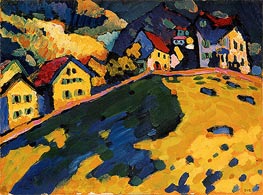
Summer Landscape 1909
Oil Painting
$603
$603
Canvas Print
$62.05
$62.05
SKU: KAW-16146
Wassily Kandinsky
Original Size: 33 x 45 cm
State Russian Museum, St. Petersburg, Russia
Wassily Kandinsky
Original Size: 33 x 45 cm
State Russian Museum, St. Petersburg, Russia
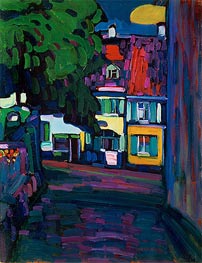
Murnau, Houses in the Obermarkt 1908
Oil Painting
$674
$674
Canvas Print
$72.33
$72.33
SKU: KAW-16147
Wassily Kandinsky
Original Size: 64.5 x 50.2 cm
Thyssen-Bornemisza Museum, Madrid, Spain
Wassily Kandinsky
Original Size: 64.5 x 50.2 cm
Thyssen-Bornemisza Museum, Madrid, Spain
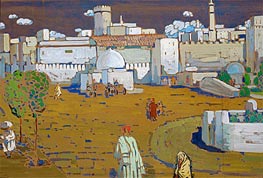
An Arab Town 1905
Oil Painting
$1128
$1128
Canvas Print
$63.44
$63.44
SKU: KAW-16148
Wassily Kandinsky
Original Size: 67.3 x 99.5 cm
Centre Georges Pompidou, Paris, France
Wassily Kandinsky
Original Size: 67.3 x 99.5 cm
Centre Georges Pompidou, Paris, France
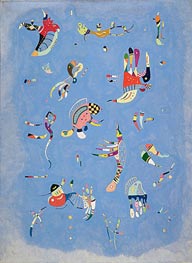
Sky Blue 1940
Oil Painting
$1134
$1134
Canvas Print
$68.57
$68.57
SKU: KAW-16149
Wassily Kandinsky
Original Size: 100 x 73 cm
Centre Georges Pompidou, Paris, France
Wassily Kandinsky
Original Size: 100 x 73 cm
Centre Georges Pompidou, Paris, France
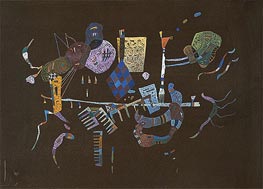
Around the Line 1943
Oil Painting
$701
$701
Canvas Print
$67.37
$67.37
SKU: KAW-16150
Wassily Kandinsky
Original Size: 42 x 57.8 cm
Thyssen-Bornemisza Museum, Madrid, Spain
Wassily Kandinsky
Original Size: 42 x 57.8 cm
Thyssen-Bornemisza Museum, Madrid, Spain
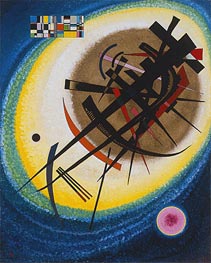
In the Bright Oval 1925
Oil Painting
$894
$894
Canvas Print
$75.40
$75.40
SKU: KAW-16151
Wassily Kandinsky
Original Size: 73 x 59 cm
Thyssen-Bornemisza Museum, Madrid, Spain
Wassily Kandinsky
Original Size: 73 x 59 cm
Thyssen-Bornemisza Museum, Madrid, Spain
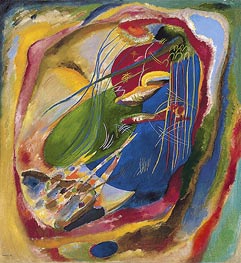
Picture with Three Spots, No. 196 1914
Oil Painting
$1299
$1299
Canvas Print
$86.01
$86.01
SKU: KAW-16152
Wassily Kandinsky
Original Size: 121 x 111 cm
Thyssen-Bornemisza Museum, Madrid, Spain
Wassily Kandinsky
Original Size: 121 x 111 cm
Thyssen-Bornemisza Museum, Madrid, Spain
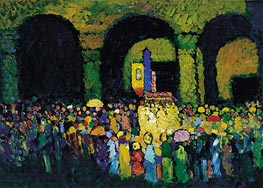
The Ludwigskirche in Munich 1908
Oil Painting
$1056
$1056
Canvas Print
$67.03
$67.03
SKU: KAW-16153
Wassily Kandinsky
Original Size: 67.3 x 96 cm
Thyssen-Bornemisza Museum, Madrid, Spain
Wassily Kandinsky
Original Size: 67.3 x 96 cm
Thyssen-Bornemisza Museum, Madrid, Spain
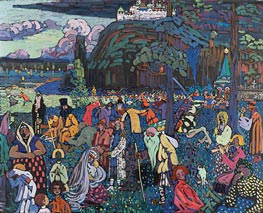
A Motley Life 1907
Oil Painting
$1338
$1338
Canvas Print
$62.48
$62.48
SKU: KAW-16154
Wassily Kandinsky
Original Size: 130 x 162.5 cm
Public Collection
Wassily Kandinsky
Original Size: 130 x 162.5 cm
Public Collection
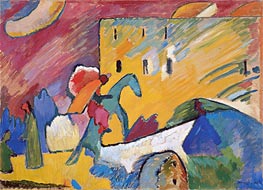
Improvisation 3 1909
Oil Painting
$1125
$1125
Canvas Print
$67.54
$67.54
SKU: KAW-16155
Wassily Kandinsky
Original Size: 94 x 130 cm
Centre Georges Pompidou, Paris, France
Wassily Kandinsky
Original Size: 94 x 130 cm
Centre Georges Pompidou, Paris, France
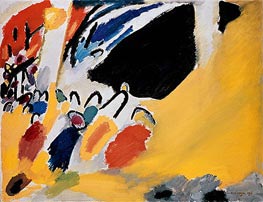
Impression III (Concert) 1911
Oil Painting
$1034
$1034
Canvas Print
$62.15
$62.15
SKU: KAW-16156
Wassily Kandinsky
Original Size: 77.5 x 100 cm
Public Collection
Wassily Kandinsky
Original Size: 77.5 x 100 cm
Public Collection
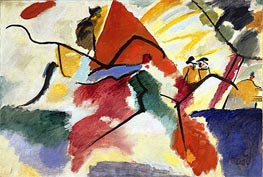
Impression V (Park) 1911
Oil Painting
$1052
$1052
Canvas Print
$63.44
$63.44
SKU: KAW-16157
Wassily Kandinsky
Original Size: 106 x 157.5 cm
Centre Georges Pompidou, Paris, France
Wassily Kandinsky
Original Size: 106 x 157.5 cm
Centre Georges Pompidou, Paris, France
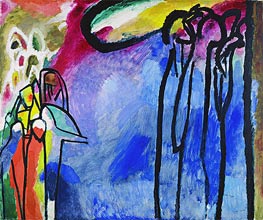
Improvisation 19 1911
Oil Painting
$1213
$1213
Canvas Print
$67.70
$67.70
SKU: KAW-16158
Wassily Kandinsky
Original Size: 120 x 141.5 cm
Public Collection
Wassily Kandinsky
Original Size: 120 x 141.5 cm
Public Collection
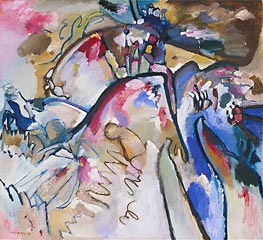
Improvisation 21A 1911
Oil Painting
$1253
$1253
Canvas Print
$73.88
$73.88
SKU: KAW-16159
Wassily Kandinsky
Original Size: 96 x 105 cm
Public Collection
Wassily Kandinsky
Original Size: 96 x 105 cm
Public Collection
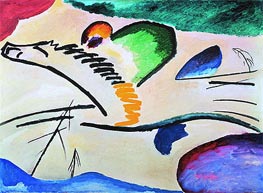
Lyrically 1911
Oil Painting
$1073
$1073
Canvas Print
$68.74
$68.74
SKU: KAW-16160
Wassily Kandinsky
Original Size: 74 x 100 cm
Museum Boijmans Van Beuningen, Rotterdam, Netherlands
Wassily Kandinsky
Original Size: 74 x 100 cm
Museum Boijmans Van Beuningen, Rotterdam, Netherlands
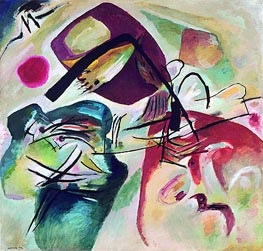
With the Black Arch 1912
Oil Painting
$1307
$1307
Canvas Print
$89.77
$89.77
SKU: KAW-16161
Wassily Kandinsky
Original Size: 189 x 198 cm
Centre Georges Pompidou, Paris, France
Wassily Kandinsky
Original Size: 189 x 198 cm
Centre Georges Pompidou, Paris, France
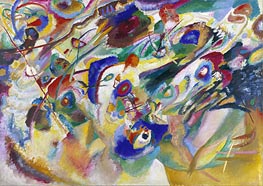
Sketch 2 for Composition VII 1913
Oil Painting
$1320
$1320
Canvas Print
$62.05
$62.05
SKU: KAW-16162
Wassily Kandinsky
Original Size: 100 x 140 cm
Public Collection
Wassily Kandinsky
Original Size: 100 x 140 cm
Public Collection
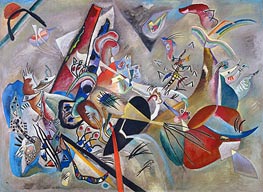
In Gray 1919
Oil Painting
$1334
$1334
Canvas Print
$68.57
$68.57
SKU: KAW-16163
Wassily Kandinsky
Original Size: 129 x 176 cm
Centre Georges Pompidou, Paris, France
Wassily Kandinsky
Original Size: 129 x 176 cm
Centre Georges Pompidou, Paris, France
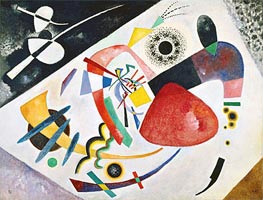
Red Spot II 1921
Oil Painting
$1183
$1183
Canvas Print
$62.05
$62.05
SKU: KAW-16164
Wassily Kandinsky
Original Size: 137 x 181 cm
Public Collection
Wassily Kandinsky
Original Size: 137 x 181 cm
Public Collection
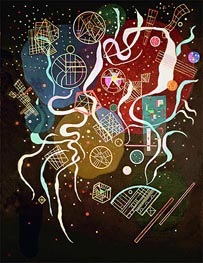
Movement I 1935
Oil Painting
$1334
$1334
SKU: KAW-16165
Wassily Kandinsky
Original Size: 116 x 89 cm
The Tretyakov Gallery, Moscow, Russia
Wassily Kandinsky
Original Size: 116 x 89 cm
The Tretyakov Gallery, Moscow, Russia
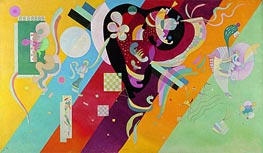
Composition IX 1936
Oil Painting
$1324
$1324
Canvas Print
$62.05
$62.05
SKU: KAW-16166
Wassily Kandinsky
Original Size: 113.5 x 195 cm
Centre Georges Pompidou, Paris, France
Wassily Kandinsky
Original Size: 113.5 x 195 cm
Centre Georges Pompidou, Paris, France
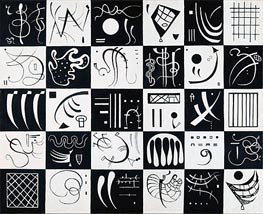
Thirty 1937
Oil Painting
$1247
$1247
Canvas Print
$75.92
$75.92
SKU: KAW-16167
Wassily Kandinsky
Original Size: 81 x 100 cm
Centre Georges Pompidou, Paris, France
Wassily Kandinsky
Original Size: 81 x 100 cm
Centre Georges Pompidou, Paris, France
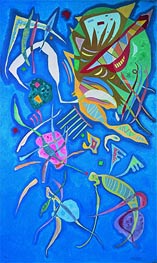
Grouping 1937
Oil Painting
$1620
$1620
SKU: KAW-16168
Wassily Kandinsky
Original Size: 146 x 88 cm
Moderna Museet, Stockholm, Sweden
Wassily Kandinsky
Original Size: 146 x 88 cm
Moderna Museet, Stockholm, Sweden
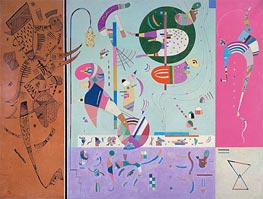
Various Parts 1940
Oil Painting
$1504
$1504
SKU: KAW-16169
Wassily Kandinsky
Original Size: 89 x 116 cm
Public Collection
Wassily Kandinsky
Original Size: 89 x 116 cm
Public Collection